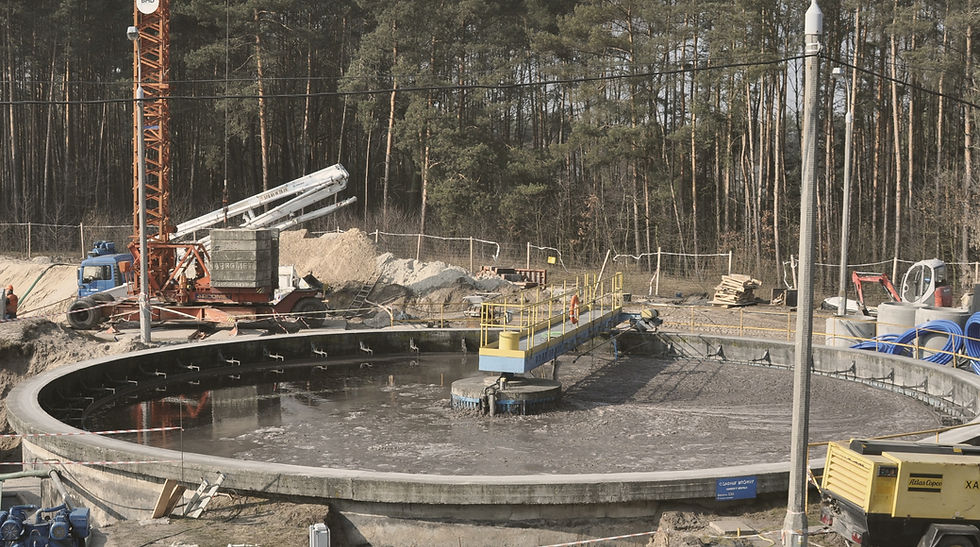
Since the announcement of a world pandemic from the World Health Organization (WHO) on March 11, 2020, COVID-19 has severely impacted how the world operates in a very short period. Though it may not seem like a priority, ensuring our water remains safe is essential to protecting our human health during these uncertain times. As part of the discussion on slowing the spread of COVID-19, WHO released an article addressing water, sanitation, hygiene and waste management. The report targets front-line health care workers but touches on some important points useful to everyone.
To date, there is no evidence to suggest that COVID-19 is present (or transmitted) in sources of surface, drinking or wastewater. COVID-19 is classified as an enveloped virus. This term refers to the fragile outer membrane surrounding the virus. Typically, viruses classified as enveloped are less stable when exposed to the elements. For example, heat, high or low pH, sunlight, and common disinfectants (such as chlorine) are conditions or ways to facilitate the death of the virus. This means that conventional, centralized water treatment facilities that follow the filtration and disinfection (chlorination) processes can inactivate the COVID-19 virus. For households not connected to a centralized water treatment system, it is recommended (if concerned) to boil your water or purchase a home-based water filtration system, such as high-performing ultra-filtration, nano-filtration filters, solar irradiation, or UV irradiation.

Similar recommendations are laid out by WHO for wastewater treatment plants. WHO explains: “Each stage of treatment (as well as retention time and dilution) results in a further reduction of the potential risk. A waste stabilization pond (an oxidation pond or lagoon) is generally considered a practical and simple wastewater treatment technology particularly well suited to destroying pathogens, as relatively long retention times (20 days or longer) combined with sunlight, elevated pH levels, biological activity, and other factors serve to accelerate pathogen destruction.” If a current wastewater treatment facility is not equipped to immobilize viruses, WHO suggests implementing a final disinfection step.
During these trying times it is reassuring to know that measures are being put in place to protect our water and ensuring that it remains safe to use and drink. It is also important that we recognize the hardworking and dedicated water and wastewater treatment employees that continue to monitor the current situation and adjust their practices accordingly.


Comments